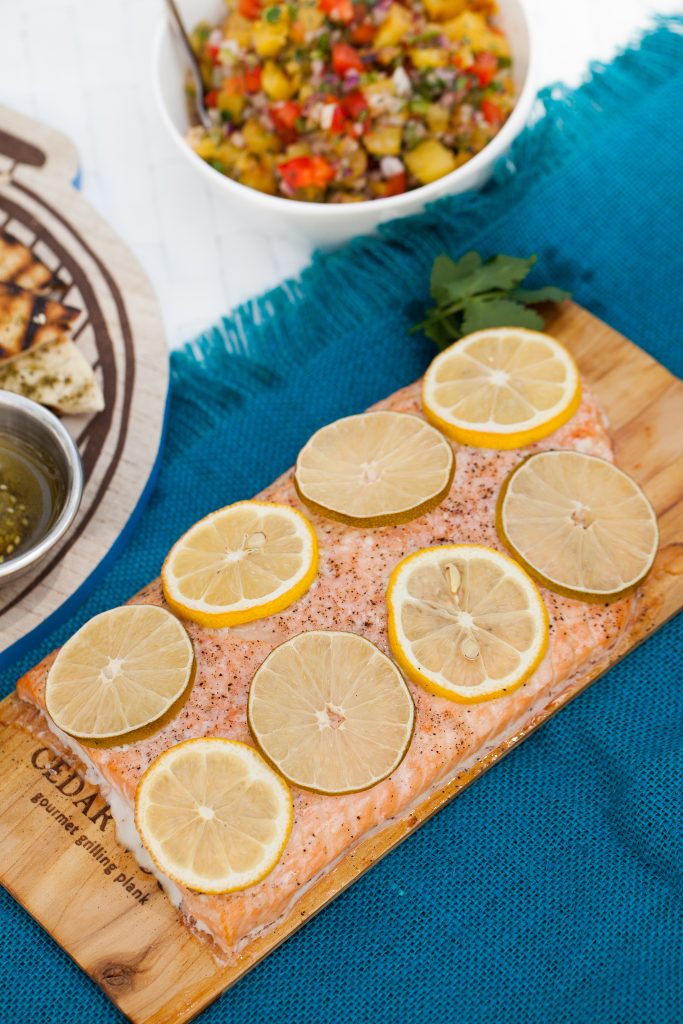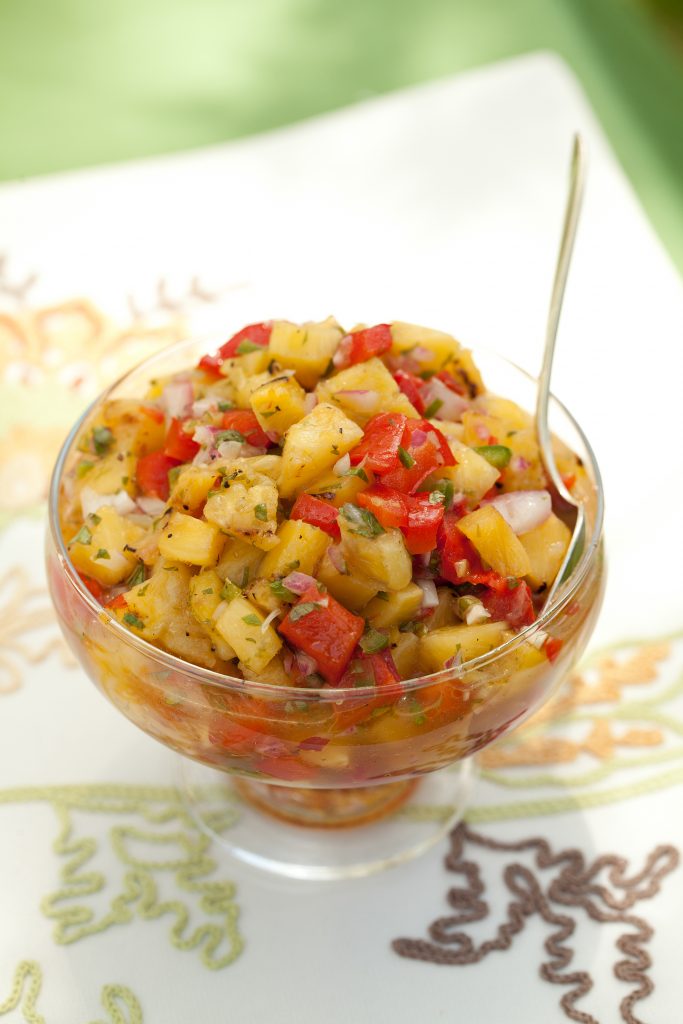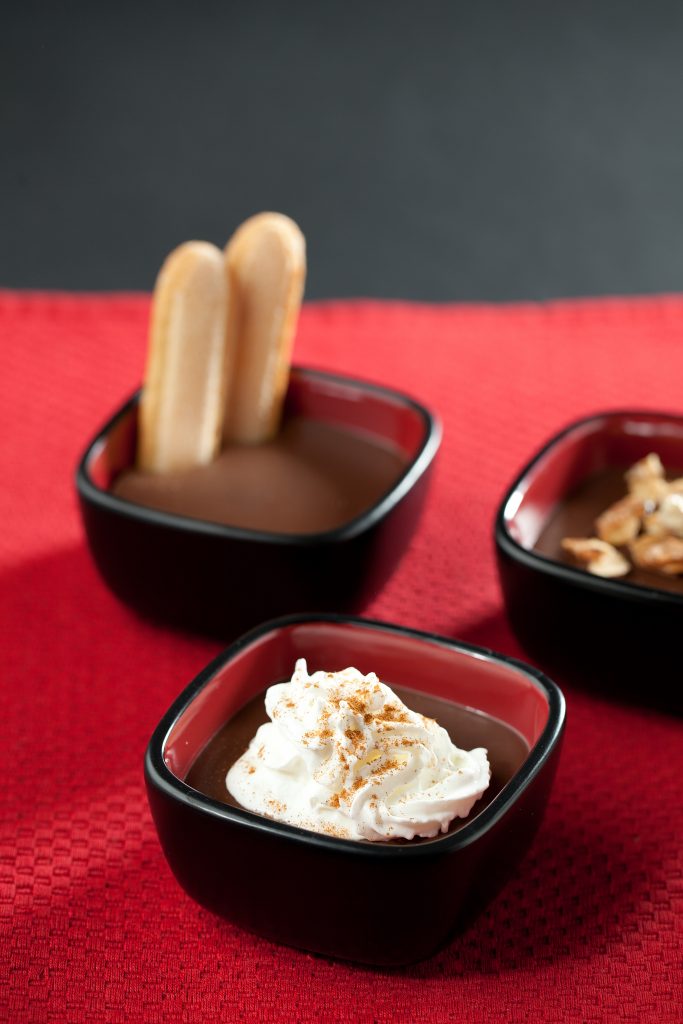Finding Satiety During Sadness
Have you ever wondered why so many kosher restaurants are crowded during the Nine Days? At our greatest time of mourning and sadness, doesn’t it seem counter-intuitive to dine out? Of all the restrictions observed during the Nine Days—the culmination of the Three Weeks of mourning leading up to Tishah B’Av—few compare with the degree to which we obsess over abstaining from meat. Men seem to flock to siyumim just in order to be able to partake. Culturally, it seems that we Jews are fairly reliant upon meat in our diets; take it away for a week and for many, meatless menu planning is nothing short of chaos. What makes this one practice so significant and how does abstaining from meat for a week really impact our lives?
Unique to the Nine Days, refraining from meat is different from other mourning rituals as there is no such restriction when mourning the loss of a loved one. Not eating meat during this period is meant to remind us of the meat sacrifices that we can no longer bring in the Beit Hamikdash, whose destruction we commemorate on Tishah B’Av. The pleasures of giving animal offerings came to a close at this time and so we give up those pleasures as well. In an era when we are so far removed from the reality of having a Beit Hamikdash (almost 2,000 years!), how can we evoke a true sense of loss? We give pause to our own physical pleasures and imagine what it meant to be able to connect, communicate and be received by our Creator. In this small way, we make the effort to cultivate an inkling of what the offerings were, both for the Jewish People and for God. Chazal are telling us: don’t go on eating the same things, business as usual. Break up your routine in order to think about what it is that we no longer have. The small personal sacrifice of not eating meat can be a profound reminder that this is indeed a time of loss.
Here are few recipes to add to your dinner rotation during the Nine Days or anytime of the year.
Mushroom Burgers with Zesty Hamburger Sauce
Yields 8 burgers
Mushrooms offer a satisfying meaty quality in this flavorful meatless burger. Melt extra cheddar on top for a “cheeseburger” and serve with ketchup, mustard or the Zesty Hamburger Sauce.
Burgers
2 tablespoons olive oil
1 cup (about 2 large) finely chopped shallots (or onion)
4 cups (about 12 oz) finely chopped fresh mushrooms
1 teaspoon salt
½ teaspoon dried thyme
½ teaspoon freshly ground black pepper
4 large eggs, lightly beaten
1 cup dry bread crumbs
1 cup shredded cheddar cheese (plus more for topping)
½ cup all-purpose flour
2 tablespoons canola oil
8 whole wheat hamburger buns, split
8 lettuce leaves, for topping
Sliced tomato, for topping
Sauce
1⁄3 – ½ cup mayonnaise
3 tablespoons ketchup
1 tablespoon Dijon mustard
1 teaspoon sriracha sauce
Kosher salt
Freshly ground black pepper
Heat olive oil in a large skillet over medium heat. Add shallots and mushrooms; season with salt, thyme and pepper. Sauté until wilted and any released moisture has evaporated out, about 8-10 minutes.
Remove from heat; cool slightly. Transfer to large mixing bowl.
Add eggs, bread crumbs, cheese and flour; mix to combine.
Prepare a baking sheet or platter lined with parchment paper. Use a 1⁄3 cup measuring cup to apportion the thick mixture into patties. Use a spoon or spatula to transfer out of the measuring cup onto the prepared baking sheet. Use the back of a spoon to flatten into eight ¾-inch thick patties. Place the tray in the freezer for 10 minutes to set.
In a small bowl, whisk together all sauce ingredients; refrigerate until you’re ready to assemble the burgers.
In a large cast-iron or heavy bottomed skillet, heat oil over medium heat. For best results, use a flat spatula to transfer 4 chilled patties to the hot pan. Cook until crisp and browned, about 3-4 minutes on each side, flipping once during cooking. Do not attempt to flip the burgers until a crust has formed. Repeat with remaining patties.
To serve: add extra cheese on top in the last minute of cooking time to melt. Serve on buns with lettuce and tomato and hamburger sauce.
Fresh Corn Chowder
For best flavor, fresh, sweet corn is a summer’s treat in this comforting seasonal soup (frozen kernels can be used in winter).
About 6 cups fresh corn kernels (from 6 ears fresh corn)
3 tablespoons butter
2 cups chopped onion (about 2 medium onions)
2 stalks celery (about 1 cup), diced
1 large or 2 small potatoes, peeled and diced
2 teaspoons salt
1 teaspoon thyme
1¼ teaspoon basil or 1 tablespoon fresh
3 cups vegetable stock
1 cup whole milk or half and half (plus more as needed to thin if consistency is too thick)
Kosher salt and freshly ground pepper to taste
Optional: 1-2 teaspoons sugar as needed (if corn is not sweet or flavorful)
Working over a large bowl, use a sharp knife to cut off the kernels from each ear of corn. Then scrape down the cob with the knife’s edge to extract the extra creaminess from the corn. Set aside; reserve stripped cobs.
In a large soup pot or Dutch oven, melt butter and sauté onion over medium heat until translucent (about 5 minutes). Add celery, potatoes, salt, thyme and basil; sauté another 5 minutes.
Add stock and reserved cobs and bring to a boil. Lower heat to a simmer and cook covered for about 10-15 minutes or until potato is tender but not mushy.
Add corn kernels; simmer covered for another 8-10 minutes. Remove and discard cobs.
Using an immersion blender, puree until mostly smooth (I like to leave some bits of vegetables unblended for a chunkier texture). Add milk or half and half to the soup and stir to blend, adding more as needed for desired consistency.
Season soup to taste with salt and pepper and sugar if needed. Ladle into soup bowls and serve hot with crusty bread on the side.
Beer-Soaked Cedar Plank Salmon
Grilling salmon over a cedar plank infuses the fish with a woodsy, smoky flavor. Be sure to soak the plank in liquid for a few hours prior to grilling. Cedar planks are available at hardware or home stores like Home Depot.
1 large can beer
1 side baby salmon fillet (with skin on)
Kosher salt
Freshly ground black pepper
½ teaspoon garlic powder
1-2 tablespoons extra virgin olive oil
1 lemon, thinly sliced
1 lime, thinly sliced
Soak cedar grilling plank in beer (or other liquid) to cover for 2-4 hours (keep it immersed).
Prepare grill for indirect-heat cooking: If your grill has three zones of heat, set the back and front burners to medium-high heat and keep the center burner off. If your grill has two zones of heat, set one side of the grill for medium-high heat and leave the other side off. Keep the lid closed until the heat registers at around 350°-400° F. If using a charcoal grill, place the briquettes to one side of the charcoal well. Open vents on bottom and lid of charcoal grill.
Put salmon on plank, skin side down (if salmon is too wide for plank, fold in thinner side to fit). Season liberally with salt, pepper, and garlic powder; drizzle with olive oil. Place lemon and lime slices on top of salmon. Place plank on unlit section of the grill. Grill, covered with lid, until salmon is just cooked through and edges are browned, about 20-25 minutes depending on thickness of fish. Let salmon stand on plank 5 minutes before serving. Serve with Grilled Pineapple Salsa (recipe below).
Grilled Pineapple Salsa
Grilling the pineapple caramelizes the fruit’s natural sugars and intensifies its flavors. The relish can be prepared up to one day ahead.
½ ripe pineapple, peeled and sliced crosswise into 1⁄3” slices
½ small red onion, minced (about ¼ cup)
1 jalapeño pepper, seeded and minced
½ red bell pepper, seeded and diced
Zest and juice and of ½ large lime (about 1 tablespoon), or more to taste
2 tablespoons rice vinegar
1-2 tablespoons minced fresh cilantro
1-2 tablespoons olive oil
Kosher salt and freshly ground pepper, to taste
Preheat grill for direct grilling (all zones on) on medium-high heat. Carefully oil the grill grates (tongs and oil-soaked paper towels do a good job of this). Place pineapple slices on the grill. Grill for about 2 to 3 minutes per side, turning once during grilling, until pineapple edges begin to caramelize (look for golden brown spots). Transfer slices to a cutting board and dice into ¼” cubes. Place diced pineapple in a large mixing bowl and add in all remaining ingredients. Season to taste with salt, pepper and additional lime juice, as needed.
Chocolate Rum Pudding
Yields 4 servings
Using a slurry (a dissolved mixture of thickener) in this old-fashioned treat prevents unwanted lumps from forming, creating a smooth and delectable pudding.
6 ounces (1 cup) good quality bittersweet chocolate, chopped
2-3 tablespoons light brown sugar
2 cups milk (lowfat ok)
Pinch of salt
3 tablespoons cornstarch
½ teaspoon vanilla
1½ tablespoons dark rum
Combine the chocolate, sugar and milk in a medium-sized heavy saucepan and whisk to blend. Place over medium-low heat, whisking constantly until all the chocolate is melted and the mixture is uniform and well blended. Remove from heat.
In a small bowl, combine the salt and cornstarch. Add about a third of the chocolate mixture, vigorously whisking until the cornstarch is completely dissolved. Pour the resulting mixture back into the remaining chocolate mixture in the saucepan and whisk to blend.
Return the saucepan to medium-low heat and stir continually until the mixture becomes thick and glossy, about 8 to 10 minutes. Remove from heat; stir in vanilla and rum.
Quickly pour the pudding into individual serving cups or ramekins (5-6 oz) before it has a chance to set. Place a sheet of waxed paper or plastic wrap against the surface to prevent a skin from forming on top, if desired. Chill for at least 1-2 hours before serving.
Garnish with a dollop of lightly sweetened whipped cream, almond crunch and/or sliced strawberries.
Naomi Ross is a cooking instructor and food writer, and the culinary director at Apron Masters Kitchen in Woodmere, New York. She teaches classes throughout the tri-state area and writes articles connecting good cooking and Jewish inspiration.
The Nine Days Menu: Hints and Tips
Here are some suggestions for Nine Days meals that will satiate even the most ravenous carnivore.
Seared Tuna Steak: Tuna steaks are quite meaty and filling. Season with salt and pepper, sear in a pan on high heat, about 3-4 minutes per side for a 1-inch thick steak—it is best served rare (less time for thinner steaks). Garnish with lemon and serve with steamed or roasted vegetables and mashed potatoes on the side. Sliced thinly, leftovers make great sandwiches or salads the next day!
Grilled Portobello Mushroom Burgers: Portobello mushrooms also have a meat-like consistency. Grill or broil portobellas, marinated in balsamic vinegar and olive oil. Serve on a toasted hamburger bun topped with melted mozzarella cheese, a slice of tomato and some fresh chopped basil (or pesto).
Eggplant Parmesan or Rollatini: Always a satisfying classic. Serve with fresh spaghetti with extra marinara sauce on hand.
Blintz/Crepes: Go savory with hearty fillings like potato-onion or mushroom-ricotta.
Supplement with Soups and Salads: A meal with lighter fare often begs an additional course to round it out. Adding a hearty vegetable soup or a chunky, protein-rich salad are the way to go to make it more filling!



